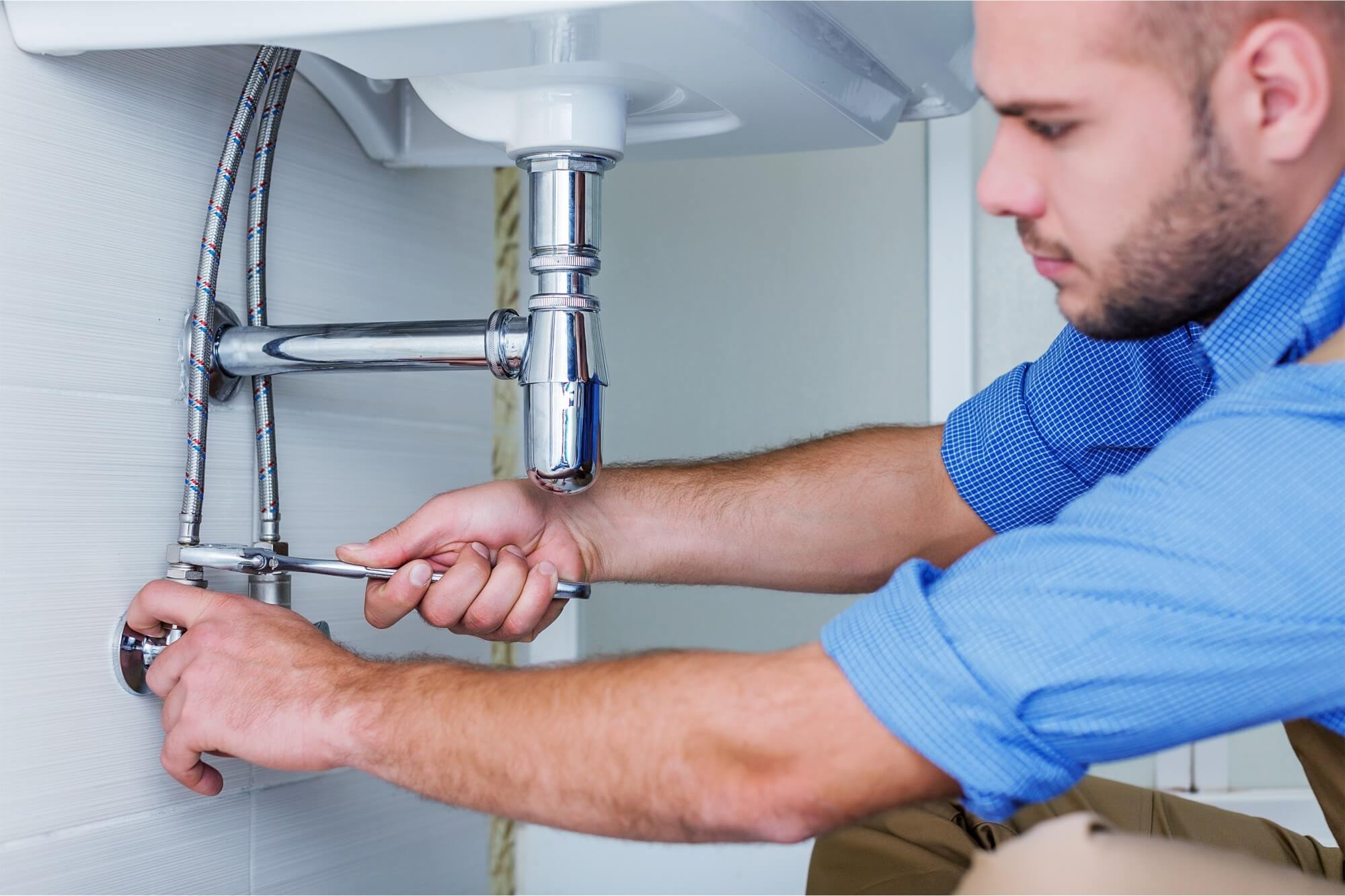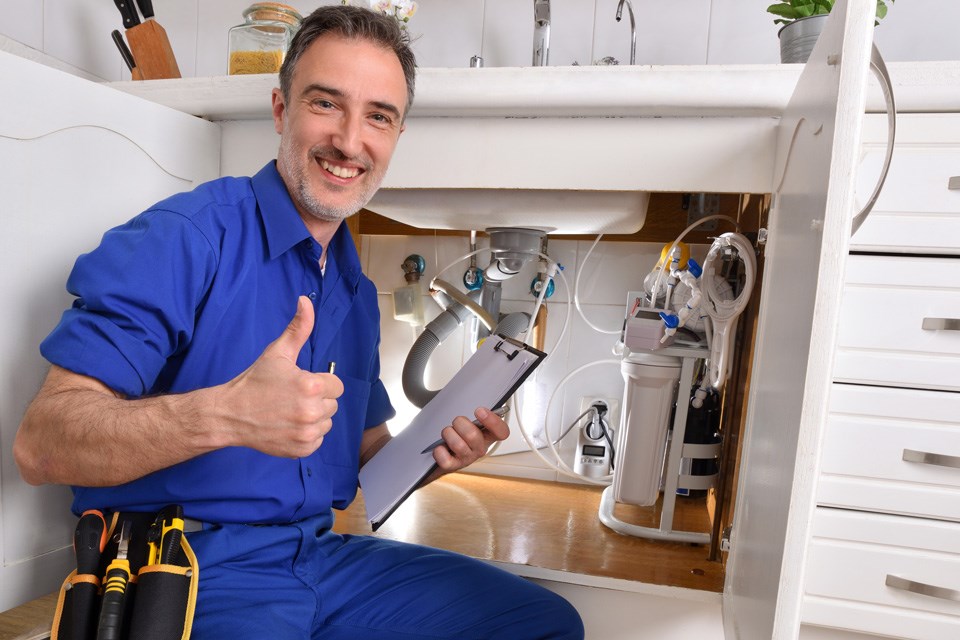A Detailed Guide to Efficient Water Heating Unit Installation for Optimal Efficiency
Starting the job of setting up a water heating unit is a venture that demands accuracy and a methodical approach for attaining optimal efficiency. The process begins with the important choice of selecting the appropriate heating unit customized to the certain needs of your house, taking into consideration variables such as size, type, and power source. As soon as picked, preparing the installation area to satisfy security criteria is vital. The journey doesn't finish below. As you continue, the ins and outs of connecting water system lines and establishing up reputable electrical or gas links wait for, encouraging understandings into ensuring performance and dependability.
Selecting the Right Water Heating System

Following, take into consideration the size and capability of the hot water heater. It's essential to assess your family's hot water requirements, which can differ based upon the variety of owners and their usage patterns. An unit that's as well little may result in inadequate warm water, while an extra-large version could cause unneeded power intake.
Efficiency ratings likewise play a crucial duty in option. Seek hot water heater with high Power Factor (EF) ratings, indicating superior performance and reduced power use. Tankless versions, though typically more expensive upfront, deal significant power financial savings with time as a result of their on-demand home heating capacities.
Preparing the Installment Location
Prior to setting up a new water heater, meticulous prep work of the installment location is crucial. This makes certain a smooth setup process and helps protect against future difficulties (Water Heater installation Alabaster AL). Begin by choosing a suitable location that adheres to local building ordinance and safety standards. The area needs to be completely dry, well-ventilated, and obtainable for upkeep. It's essential to gauge the area carefully to suit the water heating unit's dimensions, making sure sufficient clearance around the device for effective procedure and maintenance.
Following, remove any particles, dirt, or blockages from the site to create a clean atmosphere. Examine the flooring for security, as the water heating system will need a solid, level surface to operate successfully. If essential, mount a drip frying pan beneath the unit to catch prospective leaks or spills, protecting against water damages to the surrounding location. In areas vulnerable to seismic task, take into consideration installing seismic straps to secure the heating system strongly in position.
Furthermore, make sure that all needed tools and materials are on hand prior to starting the installment. This includes items such as wrenches, screwdrivers, a degree, and any kind of additional hardware needed for placing and protecting the heating unit. A well-prepared installment area sets the structure for a successful hot water heater arrangement, enhancing performance and safety and security.
Connecting Water Supply Lines
When attaching water system lines to your newly mounted hot water heater, it is important to make sure that all links are safe and leak-free to keep effective operation and protect against water damage. Begin by identifying the chilly and hot water supply lines. The chilly water inlet is usually marked with a blue label or a "C", while the warm water electrical outlet is marked with a red tag or an "H".
Usage versatile hot water heater ports to about his facilitate a less complicated setup procedure. These ports can soak up vibration and enable small activity, decreasing the threat of leaks. Prior to connecting the adapters, place a plumber's tape around the threaded ends of the hot water heater's inlet and electrical outlet pipes - Drain Cleaning Alabaster AL. This tape acts as a sealant, avoiding leakages. Carefully link the adaptable hoses to the particular inlet and electrical outlet, ensuring that they are not over-tightened yet limited, which could damage the threads.
As soon as links remain in area, gradually activate the main supply of water valve. Check each link for leaks by visually feeling and checking for moisture. Tighten links as necessary, and ensure the pressure relief shutoff is appropriately mounted, guarding versus too much stress accumulation.
Setting Up Electrical or Gas Connections
Correctly setting up the electrical or gas links for your water heating unit is a vital step to make sure efficient and safe procedure. For electrical hot water heater, begin by verifying that the electrical circuit works with the heater's voltage and amperage requirements. Guarantee the power supply is shut off at the circuit breaker to avoid mishaps. Connect the electric wires to the heating system adhering to the supplier's electrical wiring representation. Generally, this entails linking the ground cord to the eco-friendly terminal, and the continuing to be wires to their equivalent terminals, securing each with wire nuts.
For gas water heating systems, safety is critical. Attach the gas line to the water heater utilizing a versatile gas adapter, ensuring it is appropriately threaded and sealed with pipe joint substance or Teflon tape appropriate for gas links.
As soon as connections are made, examine for any kind of potential leaks. For gas lines, apply a soapy water option to the joints; bubbles show a leak. For electrical links, verify that all wiring is protected and appropriately shielded, keeping conformity with local electrical codes.
Changing and checking for Performance
With the electric and gas connections securely in area, the following step is reviewing the operational performance of your water heating system. Begin by very carefully here turning on the water supply and making certain there are no leakages at any of the valves my blog or joints.
Following, do a thorough inspection to make certain the heating components or burner are functioning appropriately. For electrical heating units, utilize a multimeter to validate if the aspects are drawing the ideal present. In gas models, observe the heater fire; it needs to be blue and consistent, showing effective burning.
Change the settings as necessary to remove ineffectiveness. Consider applying insulation actions, such as including a hot water heater blanket, to further boost performance by reducing warm loss. Additionally, inspect the anode pole's condition, as a tatty rod can reduce performance and result in container corrosion.
Final Thought
Efficient water heating unit installment is crucial for guaranteeing ideal performance and energy cost savings. Safely connecting water supply lines and thoroughly setting up electrical or gas connections minimize potential issues.

Correctly setting up the electric or gas links for your water heating system is an essential step to make sure reliable and secure procedure. For electric water heating units, begin by confirming that the electrical circuit is compatible with the heating unit's voltage and amperage demands. Link the gas line to the water heater using a flexible gas connector, ensuring it is properly threaded and sealed with pipe joint substance or Teflon tape ideal for gas links.